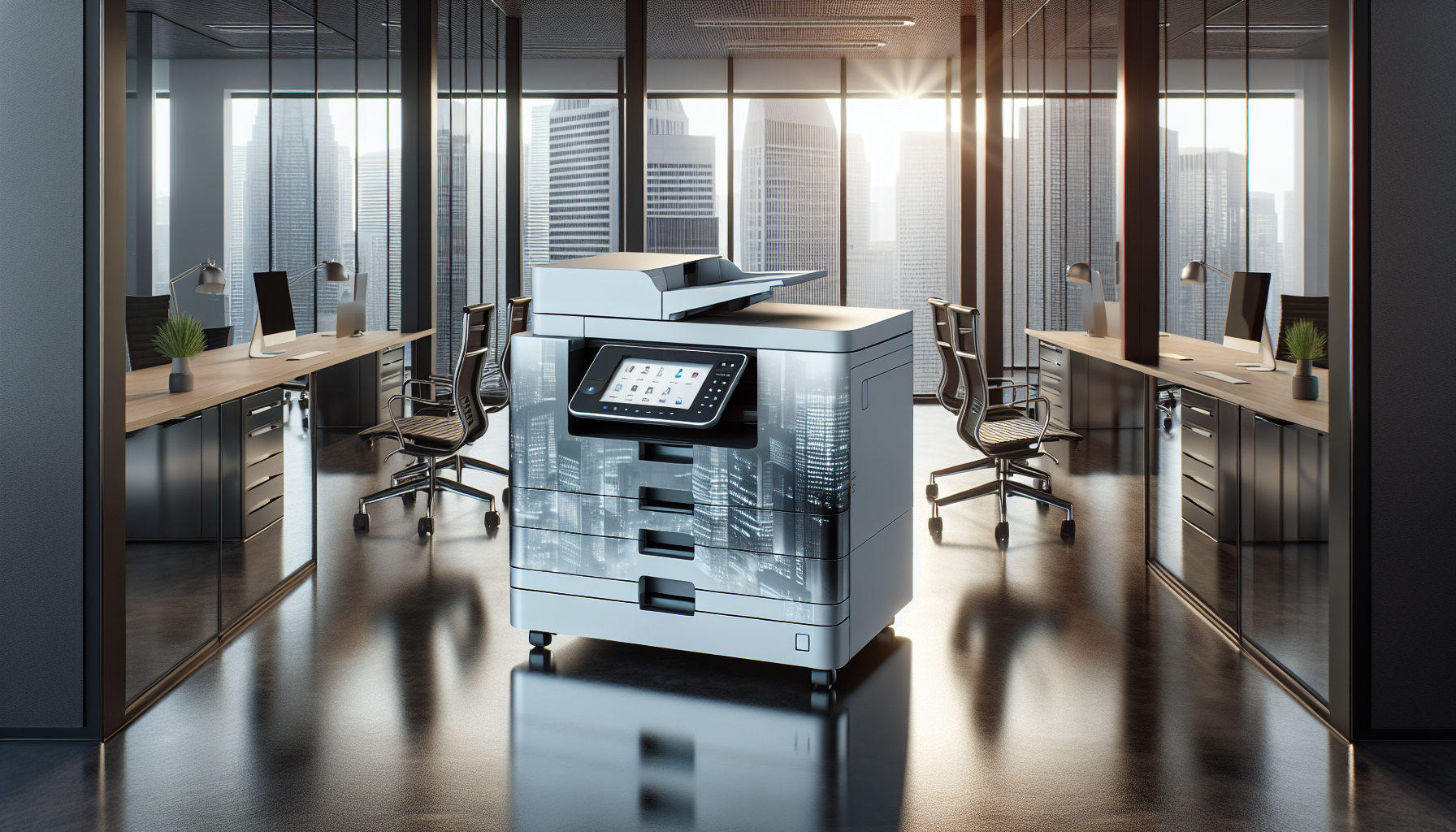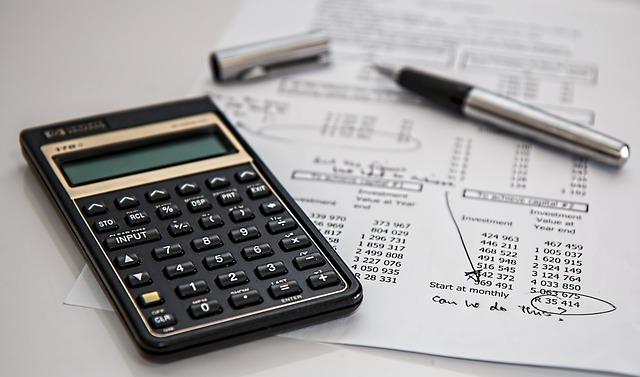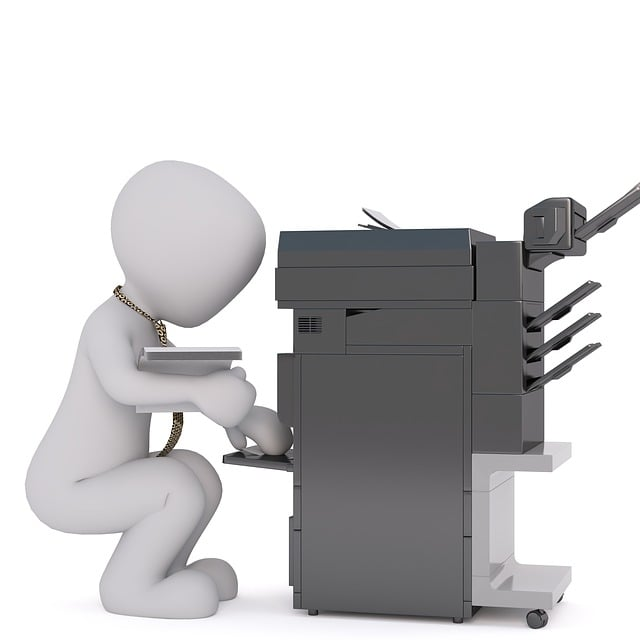Are you weighing the pros and cons of a printer lease for your business? This guide cuts straight to the chase, providing clear insights on the costs, implications, and strategic considerations of leasing a printer. We’ll navigate the contract specifics, discuss financial implications, and help you consider whether printer leasing is your best path to technological efficiency and fiscal prudence.
Key Takeaways
- Printer leasing requires understanding lease terms, evaluating costs beyond monthly payments including potential additional fees and maintenance, and considering tax implications with professional advice.
- Choosing the right printer through leasing involves matching printing volume to office needs, selecting advanced technological features and integrating with Managed Print Services for better cost and usage management.
- Financial considerations for leasing vs. buying include analyzing total cost of ownership, balancing budget with business growth, and providing office efficiency and flexibility for equipment updates and maintenance.
Navigating the World of Printer Leasing
Entering the realm of printer leasing reveals that it involves more than simply selecting a machine and signing a contract. It’s about understanding the lease terms, assessing monthly payment options, maintaining the equipment, and exploring end-of-lease options. A reputable leasing company can make this journey smoother, offering various lease products, excellent customer references, and a strong industry presence.
Yet, securing a successful printer lease extends beyond merely picking the right partner. Comprehending your lease agreement and carefully evaluating its cost implications is just as important. While printer leasing may offer certain tax benefits, consulting a tax professional for tailored advice is always prudent.
Understanding Your Lease Agreement
When leasing a printer, you’ll likely encounter two types of leases: Fair Market Value (FMV) and Fixed Purchase Option. The former allows you to buy the leased equipment at its market value at the lease term’s end, while the latter gives you the option to buy the equipment at a pre-determined price. Grasping these distinctions is imperative, given their significant impact on your financial obligations and rights.
Furthermore, being aware of early lease termination consequences is of utmost importance. This could mean a termination fee or even the demand for the remaining payments in full. Hence, understanding these key aspects before signing on the dotted line can protect your business from unexpected expenses and provide more negotiating power.
Evaluating Printer Lease Costs
At first glance, the monthly cost of leasing a copier may seem straightforward, typically ranging from $100 to $1,000 or more. But, bear in mind that this price can fluctuate depending on:
- the copier’s features
- size
- type
- speed
Additionally, whether the lease includes maintenance and support can also influence the cost.
Apart from the monthly lease payment, there could be other costs to consider. These include:
- A one-time Lease Document Fee billed on the first invoice
- Monthly insurance fees
- Shipping charges for delivery of supplies and parts
- Monthly print volume costs
- Maintenance contracts
- Setup fees
- Overage charges for excessive usage
- Charges for additional accessories or services
Hence, a thorough cost evaluation is crucial to prevent any unexpected expenses in the future.
The Tax Implications of Leasing
Leasing equipment can potentially offer some tax benefits. Generally, leased equipment is considered a tax-deductible operating expense, which can reduce the net cost of leasing. Yet, considering the complexity and significant variations in tax laws, consulting with a tax professional is advisable. They can provide tailored advice on how leasing versus purchasing affects your tax liabilities and cash flow.
Some tax implications to consider when leasing a printer include:
- Some print providers may offer to include property taxes in the overall leasing rate, which can simplify tax management by eliminating separate property tax fees on invoices.
- Including property taxes in the leasing rate may result in slightly higher monthly payments.
- Understanding the tax implications can help you make a more informed decision about printer leasing.
Selecting the Right Equipment for Your Office Needs

Choosing the appropriate equipment for your office is a key step in the printer leasing process. Various factors come into play here, such as:
- The type of printer (e.g., desktop copiers, high-volume production printers, HP LaserJet, Canon imageRunner, etc.)
- The quality of output required
- The specific needs of your business
Companies like Offix offer both standard and short-term rental options for a range of copiers and multifunction printers, catering to diverse business needs. Moreover, they provide guidance through a developed quiz to match businesses with their printing needs, ensuring you get the most suitable equipment.
Matching Printers to Printing Volume
A primary consideration in selecting a printer is your office’s printing volume. This assessment is crucial as it can help you determine whether leasing or buying is more cost-effective in the long run.
For instance, in a small office where space may be limited, multifunction desktop printers could be the most efficient solution. For high-volume printing in smaller offices, having multiple printers at different workstations can be a practical approach to handle the demand without taking up too much space.
Features and Technology
In today’s rapidly evolving technological landscape, modern multifunction printers offer a plethora of advanced features, including:
- Wireless connectivity
- Mobile printing
- Touch screen interfaces
- Fast print speeds
- Superior image quality
By opting to lease, businesses can access this advanced copier and printer technology without making a full upfront purchase.
Additionally, incorporating AI and IoT technologies into printers enhances maintenance and support. Regular software and firmware updates can enhance performance and security, making leasing an attractive option for businesses. Industries with specific printing requirements, like construction or architecture, can also benefit from leasing specialized printers.
Managed Print Services Integration
The integration of Managed Print Services (MPS) can significantly benefit businesses. This feature can help lower the total cost of ownership by including maintenance and consumables like ink and toner in the lease agreement. MPS can also aid in controlling printing costs and usage with software that tracks and manages usage, enhancing routing and mobile printing capabilities.
Moreover, the proactive monitoring and maintenance offered by MPS can help identify potential printer issues early on, preventing major disruptions. MPS can also support green initiatives, such as offering more energy-efficient equipment and recycling programs for old equipment. So, when considering a lease agreement, exploring the option of MPS integration can offer several benefits.
Financial Considerations for Printer Leasing

Despite the numerous conveniences of printer leasing, it’s necessary to weigh its financial implications. Leasing can be a more cost-effective and convenient choice for businesses, ensuring less strain on cash flow compared to purchasing printers outright.
It provides a level of convenience and peace of mind by reducing immediate financial outlays and assisting with cash flow management.
Lease Term Flexibility and Cash Flow
A significant advantage of printer leasing is that it allows businesses to avoid large upfront purchase costs, thereby maintaining healthy cash flow with manageable monthly lease payments. Flexibility in lease terms is another key consideration. It allows businesses to control expenses and adapt to changing printing needs without being tied to long-term financial commitments.
Opting for flexible leasing terms enhances overall financial stability, empowers businesses to align their printing needs dynamically, and improves strategic decision-making capabilities.
Long-Term Cost Analysis
It’s important to perform a Total Cost of Ownership (TCO) analysis when contemplating printer leasing. This analysis helps you understand the long-term financial implications of leasing versus buying a printer. Some factors to consider in the TCO analysis include:
- Cumulative lease payments
- Maintenance and repair costs
- Cost of consumables (e.g. ink or toner cartridges)
- Potential resale value of the printer
By conducting a thorough TCO analysis, you can make an informed decision about whether leasing or buying a printer is the best option for your needs.
Also, with leasing, there’s no opportunity for resale or recovery of costs through asset depreciation, unlike when purchasing. Hence, conducting an extensive cost analysis is necessary to determine whether leasing or buying is more aligned with your financial strategy.
Balancing Budget and Business Growth
Leasing enables small businesses to:
- Access top-of-the-line office equipment without significant upfront investment
- Preserve capital for other critical areas
- Stay competitive by having access to advanced technology
- Support growth and productivity
The lease term is a critical factor in maintaining budget flexibility. Here are some considerations:
- Shorter lease terms can offer more adaptability for rapidly expanding businesses.
- Longer terms may benefit those with stable growth and consistent printing needs.
- Evaluating long-term growth projections can help businesses decide whether leasing provides the necessary flexibility for expansion.
Enhancing Office Efficiency with Printer Leasing

Printer leasing can notably improve office efficiency by providing an office printer with the following workflow enhancements:
- Saving documents
- Mobile printing
- Document management
- User-friendly interfaces
These enhancements can improve business operations.
Managed Print Services (MPS) included in leasing agreements can cut unexpected print-related costs by up to 50%, thanks to managed print strategies and automated settings.
Upgrade Paths and Equipment Refresh
Leasing agreements often have provisions allowing for equipment upgrades during the lease term. This helps avoid obsolescence and reduce technology-related costs in the long run.
Printer and copier lease agreements usually provide options for straightforward and hassle-free technology upgrades, ensuring businesses can easily access the latest models without significant capital expenditure. One of the key benefits of a copier lease agreement is the flexibility it offers to businesses in terms of upgrading their equipment, making copier leasing and copier leases an attractive option for those looking to replace an outdated printer.
Maintenance and Repair Services
Maintenance and repair services offer several benefits for businesses, including:
- They are often included in lease agreements, leading to fewer concerns about unexpected costs.
- They allow businesses to focus on their core operations without worrying about maintenance issues.
- They can prevent unforeseen expenses and contribute to more stable financial management.
Comprehensive Solutions for Complex Needs
Printer leasing agreements can be tailored to meet the specific requirements of a business, allowing choices of copier machine accessories and the inclusion of enhanced technology support. Leasing companies may offer comprehensive services within lease agreements, including:
- Maintenance
- Technician support
- Regular toner replenishment
- Remote assistance
These services are beneficial for small business operations.
Making an Informed Decision: Lease or Buy?

When deciding on leasing or buying a printer, it’s vital to factor in your business’s unique requirements and circumstances. Making a decision based on these factors will ensure that you choose the most suitable option. Each option has its pros and cons, and understanding these can help you make an informed decision.
It’s also important to account for the total costs throughout the lease term, including any extra fees, to gauge the long-term financial impact.
Pros and Cons of Leasing
Leasing provides numerous advantages, such as reduced upfront costs, consistent monthly payments, and access to the latest technology. However, it’s important to remember that cumulative lease payments over time may exceed the cost of buying a printer outright, and leasing does not build equity in the asset.
The Buying Perspective
Conversely, buying a printer comes with the benefit of full ownership and control over the equipment, along with an opportunity to resell and potentially recoup some expenses through asset depreciation. However, buying a printer involves a single upfront investment, which may not be favorable for businesses with tight budgets.
The choice between leasing and buying a printer depends largely on your business’s specific needs, financial situation, and long-term goals. By understanding the intricacies of printer leasing, including lease terms, costs, tax implications, equipment selection, and financial considerations, you can make an informed decision that best suits your business. Contact Offix to get started on an office printer lease agreement today!
Frequently Asked Questions
How to negotiate a copier lease?
When negotiating a copier lease, focus on negotiating for no annual increases, a 30-day renewal option at the end of the lease, keeping the maintenance agreement separate from the lease, and adding a performance guarantee with signatures from both parties. This will help you secure more favorable terms.
What happens when a printer lease ends?
When a printer lease ends, the leasing company usually offers three options: return the printer, renew the lease, or buy the printer. Consider the advantages and disadvantages of each option to make an informed decision.
How does leasing a printer work?
Leasing a printer works through a Fair Market Value lease, where your business can use the equipment for a set period with a fixed monthly payment, and then choose to purchase, return, or upgrade the equipment at the end of the lease.
What are the benefits of leasing a printer?
Leasing a printer provides benefits such as lower upfront costs, predictable monthly payments, the option to upgrade to the latest technology, and included maintenance and repair services. This can make it a cost-effective and convenient choice for businesses.

